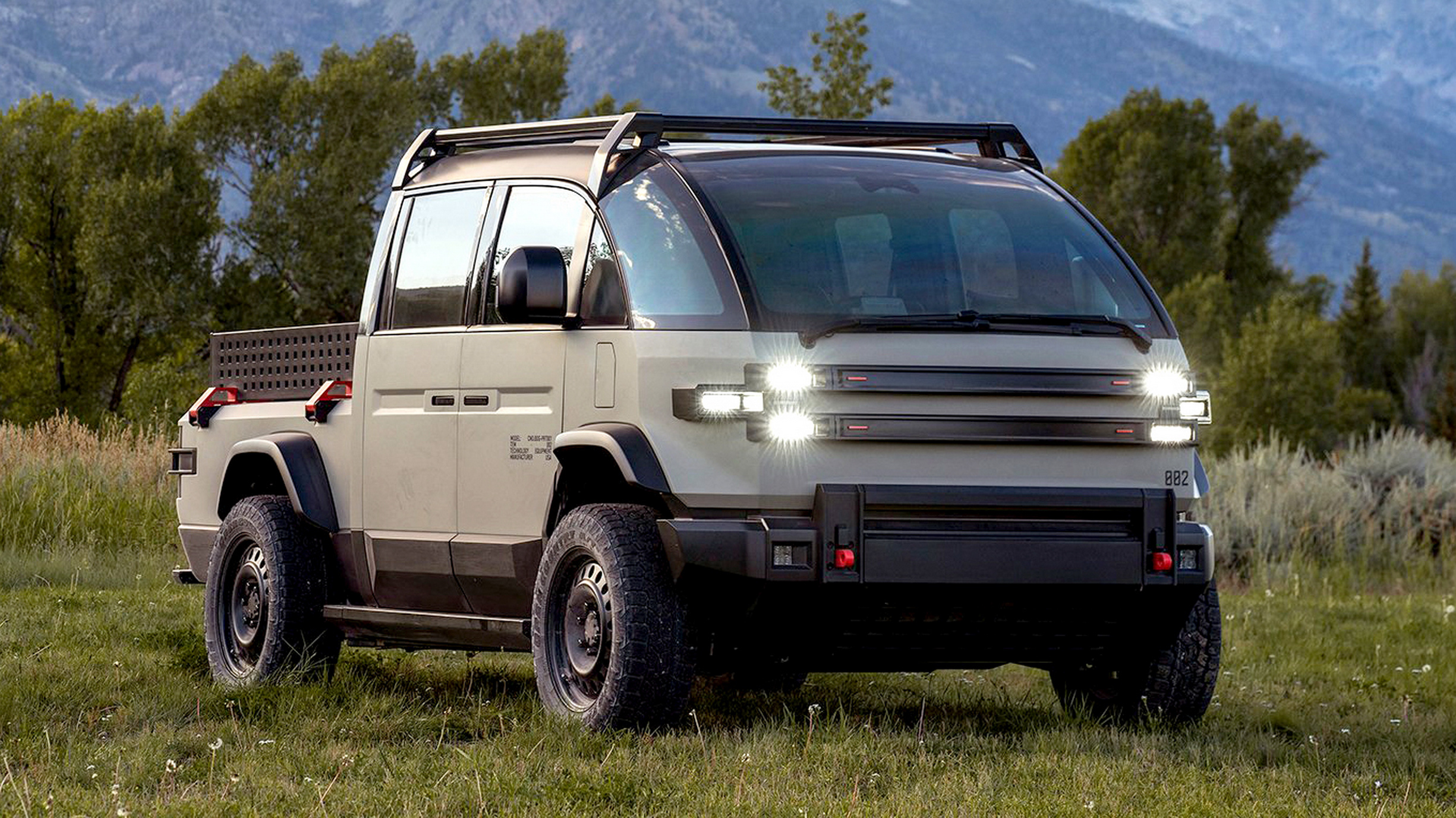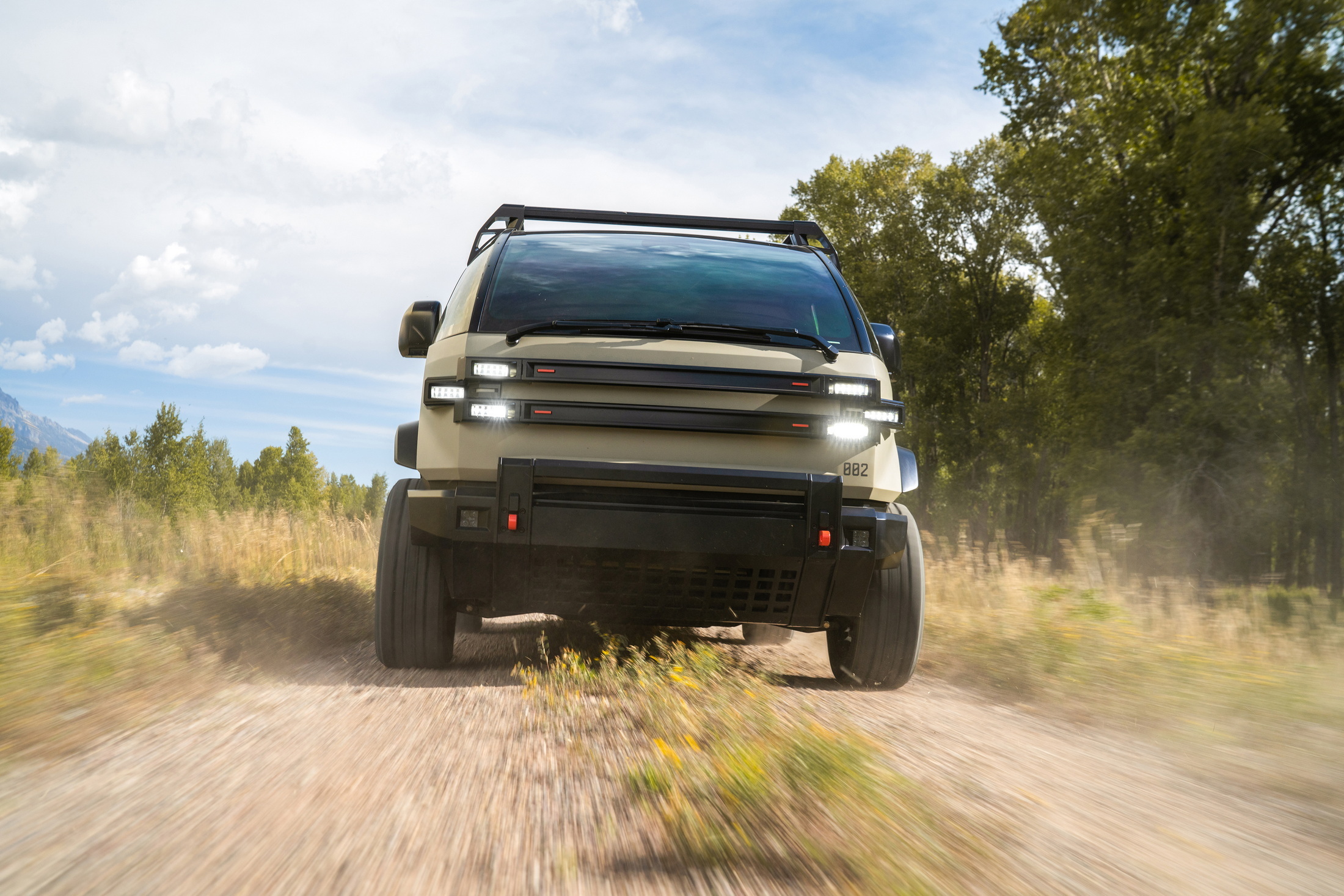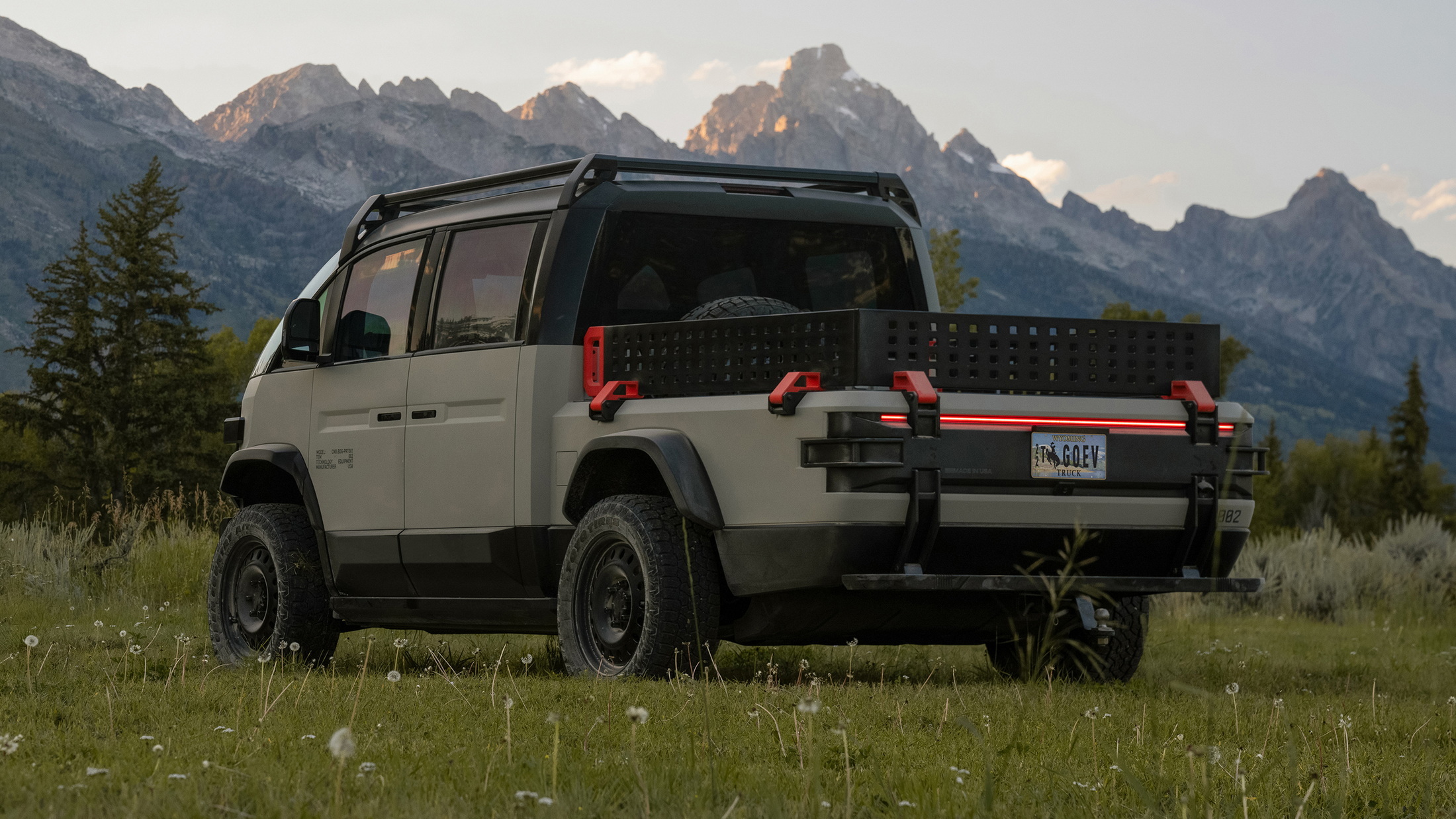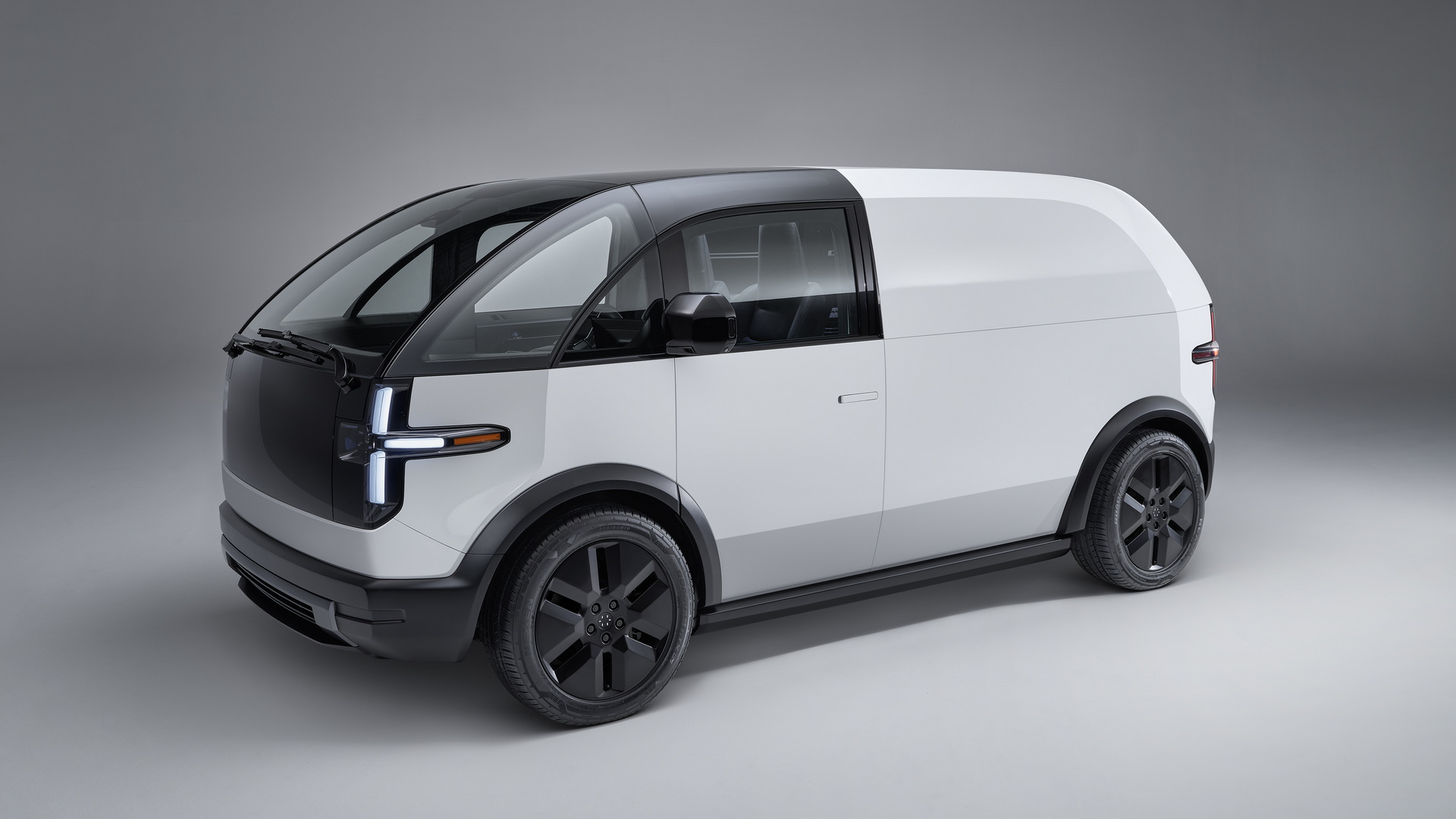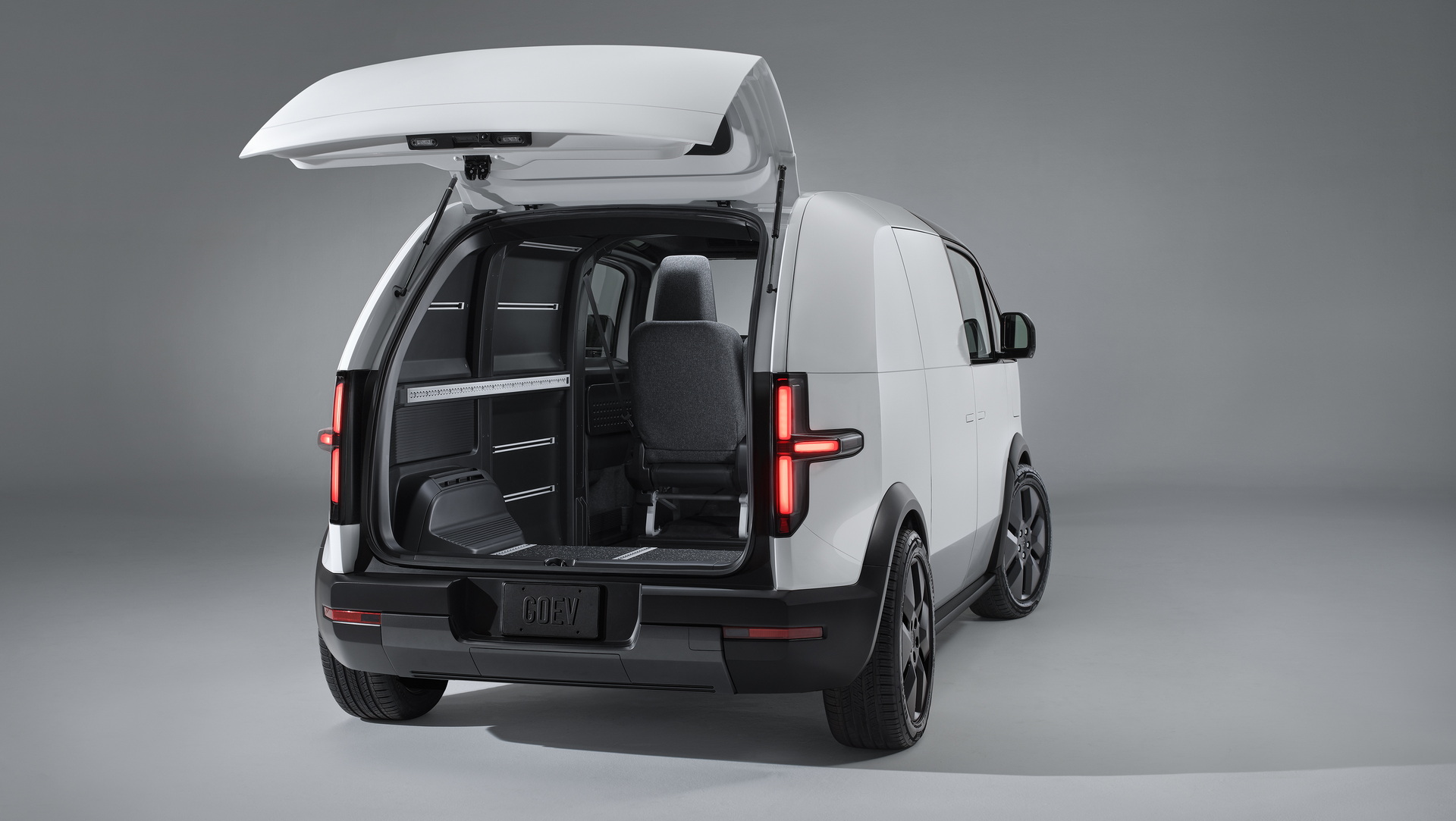- Canoo filed for Chapter 7 bankruptcy after burning through cash and failing to secure funding.
- Despite high-profile backing, it failed to secure financial support from U.S. or foreign investors.
- The electric vehicle startup said it has liabilities ranging from $10 million to $50 million.
Another EV startup has hit the skids. Following the recent downfalls of Lordstown Motors and Fisker, both of which each filed for various degrees of bankruptcy protection, Canoo announced late Friday that it would file for Chapter 7 bankruptcy and cease operations immediately. After years of promises and prototypes, Canoo is officially out of juice. Even its public website seems to have been shut down, as it now redirects to the investor page, signaling the end.
More: Canoo Furloughs 23% Of Factory Staff After Selling Only 22 Vehicles Last Year
Founded in 2017 as Evelozcity, the company rebranded to Canoo in 2019, unveiling its “Lifestyle Vehicle” prototype. But, as is all too common with EV startups, Canoo couldn’t escape the fatal flaw of burning through cash faster than it could raise it.
The company generated $0 revenue in 2022 and only about $900,000 in 2023, roughly a third of which come from Oklahoma, which bought three locally made electric vans. In the meantime, Canoo piled on well over $900 million in losses between 2022 and mid-2024: $488 million in 2022, $303 million in 2023, and another $118 million in the first half of 2024.
Financial Troubles and Furloughs
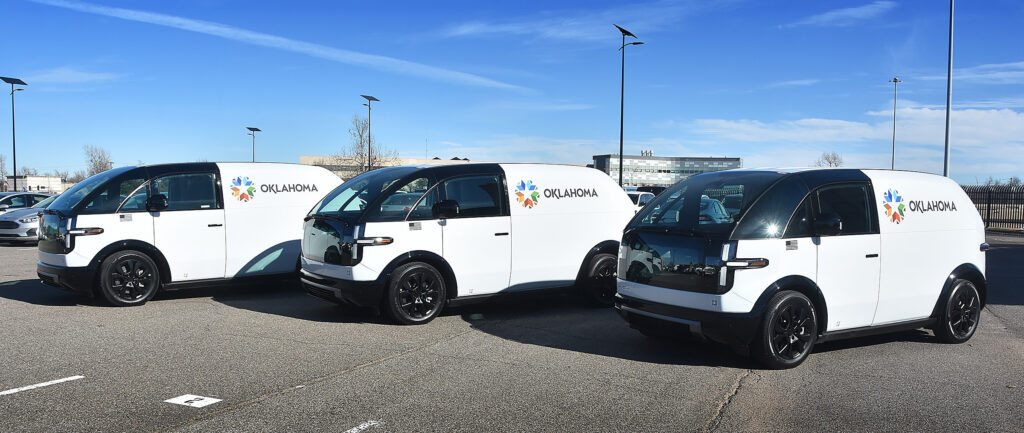
In its bankruptcy filing on Friday, Canoo revealed it owes money to fewer than 49 creditors, with liabilities ranging from $10 million to $50 million, while claiming to have less than $50,000 in assets.
Canoo’s financial troubles were hardly a secret. Just weeks before filing for bankruptcy, the company furloughed workers and shut down operations at its Oklahoma facility—a site that, according to a former employee, never produced a single vehicle. All of this, despite the company’s earlier promise to create 2,000 jobs in the state.
No Help from Uncle Sam (or Anyone Else)
Canoo had desperately hoped to secure a financial lifeline from the U.S. Department of Energy’s loan program, but those efforts were unsuccessful. Next, it cast its net internationally, but found no takers there either. Even with high-profile partnerships, including Walmart, Canoo couldn’t secure the financial backing it so badly needed.
The company’s statement summed up their efforts:
“Despite being American-made, successfully delivering to such esteemed organizations as NASA, the Department of Defense (“DOD”), The United States Postal Service (“USPS”), the State of Oklahoma and having agreements with Walmart and others, Canoo has unfortunately been unable to secure financial support from the U.S. Department of Energy’s (“DOE”) Loan Program Office. Recently, the company’s executives were in discussions with foreign sources of capital. In light of the fact that these efforts were unsuccessful, the Board has made the difficult decision to file for insolvency.”
Liquidation Time and That Million-Dollar Question
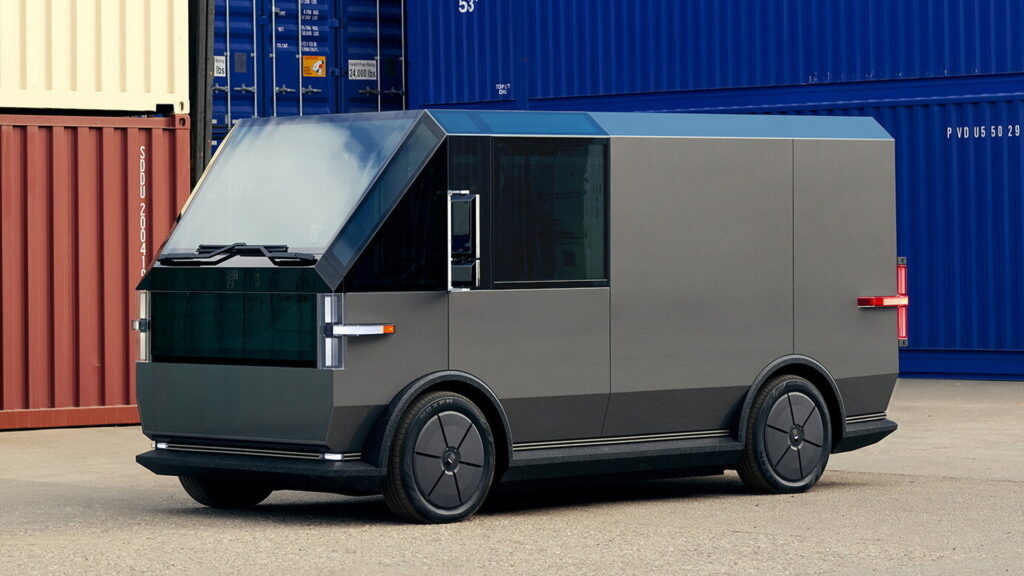
Now, the company heads toward liquidation, with a court-appointed trustee overseeing the process. Canoo will work with the Delaware Bankruptcy Trustee to manage the remaining assets.
Tony Aquila, Canoo’s Chairman and CEO (and one of its largest investors), had some final words for the employees:
“We would like to thank the company’s employees for their dedication and hard work. We know that you believed in our company as we did. We are truly disappointed that things turned out as they did.”
More: Canoo Made $886,000 In 2023, Spent $1.7 Million On CEO’s Private Jet
As for the customers who placed $100 deposits when Canoo was still planning to sell electric vehicles to the public, it’s unclear what will happen to them. However, TechCrunch reports that some have already started receiving refunds.
And then, of course, there’s the burning question of what happens to the $1 million Oklahoma invested in Canoo as part of a broader $100 million performance-based incentive package. As of Friday night, there’s still no answer.







